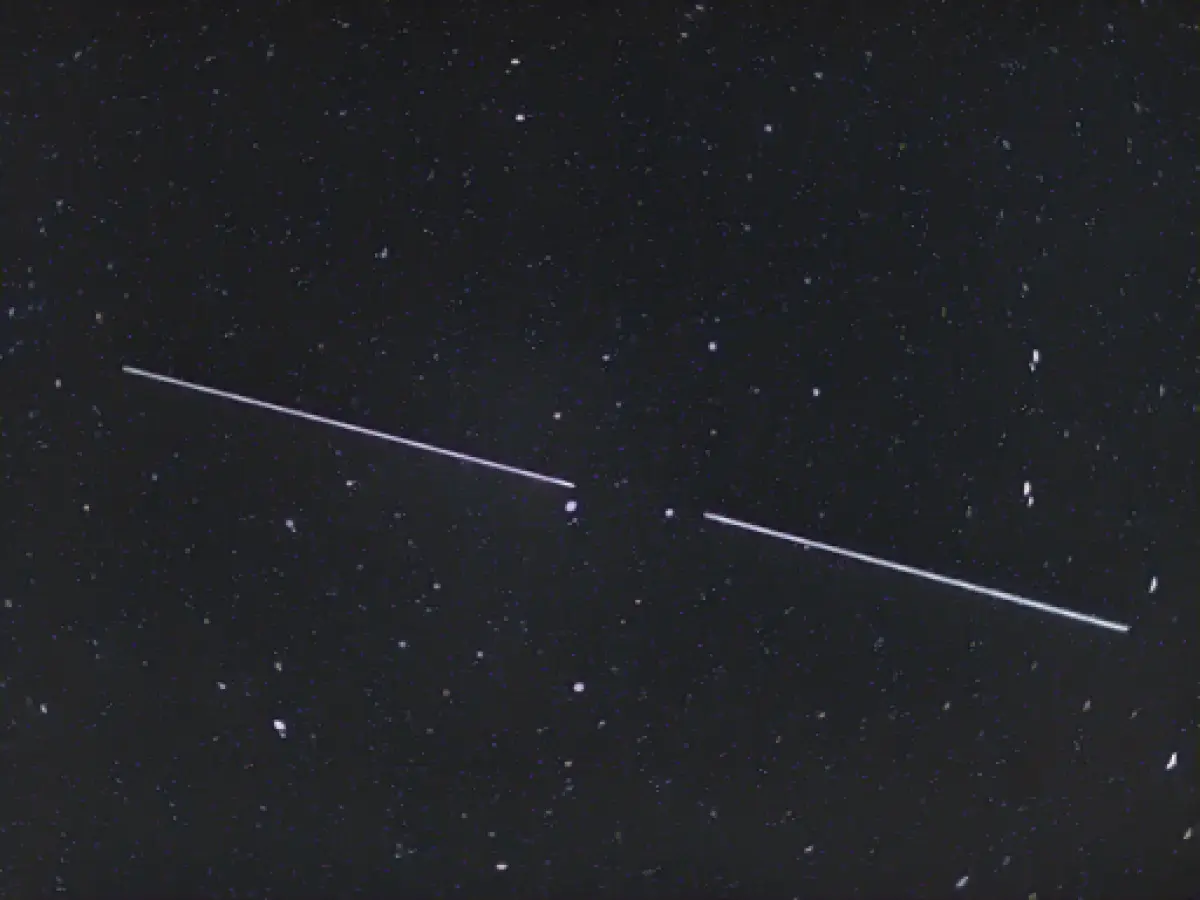Satellite cloud grows - time for traffic rules in space
The number of huge satellite constellations in space is growing rapidly. This increases the risk of collisions that could cause immense damage in chain reactions, Josef Aschbacher, Director General of the European Space Agency Esa, told the German Press Agency in Berlin. A globally applicable space traffic law must be the goal.
According to Esa, there are currently around 8,800 active satellites in orbit. The largest operator by far is SpaceX, which now has more than 5,000 Starlink satellites in Earth orbit, with a total of around 42,000 planned.
Of course, it is in the interest of every operator to avoid collisions, emphasized Aschbacher. Esa is in contact with every operator in order to clarify who should take evasive action in dangerous situations. "However, new players are constantly being added," explained the Esa boss. "That's why we need reliable traffic rules in space, where it is very clear in every situation who has to take evasive action and who has to behave how."
One task of the mega satellite constellations - arrangements of satellites with a common task - is to provide the entire planet with broadband internet. The number of active satellites in low earth orbit is currently multiplying within a very short space of time. Companies such as One Web, SpaceX, Blue Origin and many others, including some from China, are planning tens of thousands of new satellites, many of them weighing between 150 and 1200 kilograms - and built as cheaply as possible.
Esa has set itself the goal of drastically reducing the creation of space debris by 2030. Every satellite that is sent into space is to be removed from orbit at the end of its life, as Aschbacher said.
China's launch of a disused weather satellite in 2007 showed just how devastating the impact of debris can be. According to estimates, more than 40,000 pieces of debris more than one centimeter in diameter were created - every second collision avoidance manoeuvre for Esa satellites since then has been due to such pieces.
In the realm of international space travel, the need for a globally applicable space traffic law becomes increasingly pertinent as information technology advances enable the deployment of numerous satellite constellations, such as SpaceX's Starlink, for providing broadband internet via the Internet.
The rapid growth of mega satellite constellations, aiming to eliminate space debris by 2030 as directed by organizations like Esa, necessitates a comprehensive set of space traffic rules to avoid collisions and minimize damage caused by chain reactions.
Source: www.dpa.com








